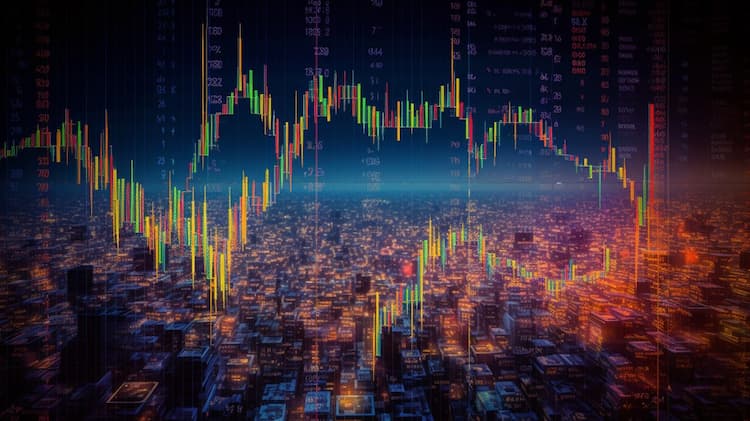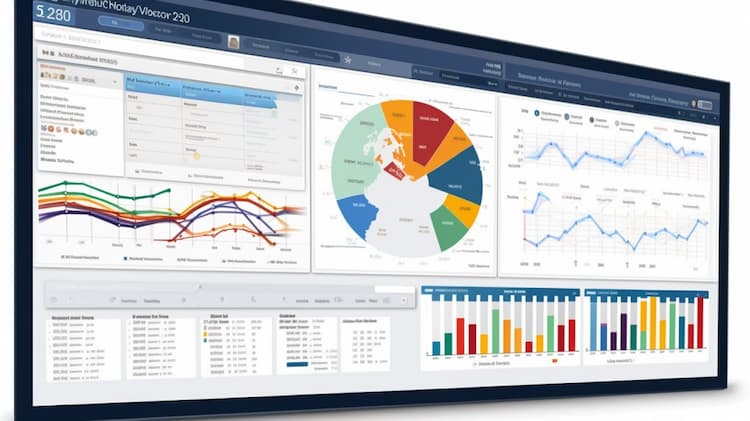
What does HYG mean?
In the world of finance, ETFs (Exchange-Traded Funds) have gained significant popularity among investors. One such ETF that stands out is HYG. If you've come across this acronym and wondered what it means, you're in the right place. In this article, we'll delve into the HYG ETF and answer frequently asked questions related to it.
What Is HYG and How Does It Work?
HYG, short for iShares iBoxx High Yield Corporate Bond ETF, is an ETF that aims to track the performance of high-yield corporate bonds in the United States. It is managed by BlackRock, one of the world's leading asset management firms. HYG provides investors with exposure to a diversified portfolio of high-yield bonds issued by companies with lower credit ratings. These bonds tend to offer higher yields but also carry a higher risk of default. By investing in HYG, investors can gain access to a broad range of high-yield corporate bonds in a single investment.
How Can I Invest in HYG?
Investing in HYG is straightforward, as it is listed and traded on major stock exchanges, including the New York Stock Exchange (NYSE). To invest in HYG, you need to open a brokerage account with a reputable financial institution that offers access to ETFs. Once you have an account, you can search for HYG using its ticker symbol and place a buy order through your broker. The process is similar to investing in individual stocks.
To learn more about opening a brokerage account, you can visit the website of a popular online brokerage like TD Ameritrade: TD Ameritrade
For detailed guidance on buying and selling ETFs, refer to the Securities and Exchange Commission's (SEC) investor information: SEC - ETFs
 HYG overlap What does HYG mean?
HYG overlap What does HYG mean?
What Are the Advantages of Investing in HYG?
Investing in HYG offers several advantages for investors seeking exposure to high-yield corporate bonds. Some of the key benefits include:
Diversification: HYG provides access to a diversified portfolio of high-yield corporate bonds, reducing the impact of individual bond defaults on overall returns.
Liquidity: As an ETF, HYG can be bought or sold throughout the trading day at market prices, offering liquidity to investors.
Cost-Effectiveness: Compared to actively managed funds, HYG has relatively low expense ratios, making it a cost-effective investment option.
Transparency: HYG discloses its holdings regularly, allowing investors to have transparency and visibility into the underlying bonds.
For detailed information on the advantages of investing in ETFs, you can refer to Investopedia's guide: Investopedia - ETF Advantages
To understand the benefits of diversification, you can explore the resources provided by Vanguard, a prominent investment management company.
What Are the Risks Associated with HYG?
While investing in HYG can provide attractive returns, it's essential to be aware of the associated risks. Some of the key risks include:
Credit Risk: HYG invests in high-yield corporate bonds, which carry a higher risk of default compared to investment-grade bonds. A default or downgrade of the underlying bonds can negatively impact the fund's performance.
Interest Rate Risk: Like other bond investments, HYG is sensitive to changes in interest rates. When interest rates rise, bond prices typically decline, which can affect HYG's net asset value (NAV).
Market Volatility: HYG's performance can be influenced by overall market conditions and investor sentiment, leading to increased volatility.
Liquidity Risk: In certain market conditions, the liquidity of the underlying bonds held by HYG may decrease, potentially affecting the fund's ability to buy or sell bonds efficiently.
To understand the risks associated with investing in high-yield bonds, refer to the educational resources provided by the Financial Industry Regulatory Authority (FINRA): FINRA - High-Yield Bonds
For insights into the impact of interest rates on bond investments, you can explore the resources available on the U.S. Department of the Treasury's website: TreasuryDirect - Interest Rates
In conclusion, HYG, or the iShares iBoxx High Yield Corporate Bond ETF, is a widely recognized ETF that focuses on high yield corporate bonds. It seeks to track the performance of the iBoxx USD Liquid High Yield Index, which is designed to provide exposure to a diversified portfolio of US dollar-denominated, high yield corporate bonds. HYG offers investors the opportunity to gain exposure to the high yield bond market, which typically includes bonds issued by companies with lower credit ratings.
Investing in HYG can be attractive for investors seeking potentially higher yields compared to investment-grade bonds. However, it's important to note that high yield bonds also carry higher credit risk. These bonds are issued by companies with lower credit ratings, which means they have a higher chance of defaulting on their debt payments. Therefore, investors should carefully consider their risk tolerance and conduct thorough research before investing in HYG or any high yield bond ETF.
HYG issuer website
Reuters article about HYG
HYG quote and analysis
Discover the top holdings, correlations, and overlaps of ETFs using our visualization tool.
Our app allows you to build and track your portfolio.
To learn more about the HYG iShares iBoxx $ High Yield Corporate Bond ETF, access our dedicated page now.
FAQ
What does HYG mean?
HYG is the ticker symbol for the iShares iBoxx $ High Yield Corporate Bond ETF. It represents an exchange-traded fund that focuses on high-yield corporate bonds.
What is HYG?
HYG is an exchange-traded fund (ETF) that invests in a portfolio of high-yield corporate bonds. It aims to track the performance of the Markit iBoxx USD Liquid High Yield Index, providing investors with exposure to the U.S. high-yield bond market.
Does HYG pay a dividend?
Yes, HYG pays dividends. As an ETF investing in high-yield corporate bonds, it receives interest payments from the underlying bonds held in its portfolio, and a portion of those payments is passed on to investors as dividends.
How often does HYG pay dividends?
HYG typically pays dividends on a monthly basis. The exact dividend payment dates can vary, and it is advisable to refer to the fund's prospectus or the official website for the most up-to-date information regarding dividend distributions.
How to short HYG?
Shorting HYG involves borrowing shares of the ETF from a broker and selling them with the expectation of buying them back at a lower price in the future to return them to the lender. Short selling involves significant risks and complexities, and it is advisable to consult with a qualified financial professional or broker for guidance on shorting strategies.














